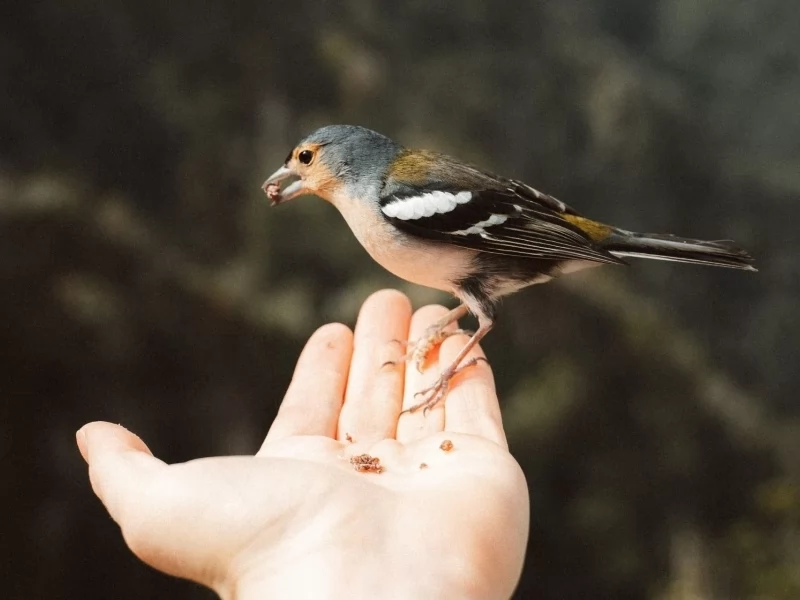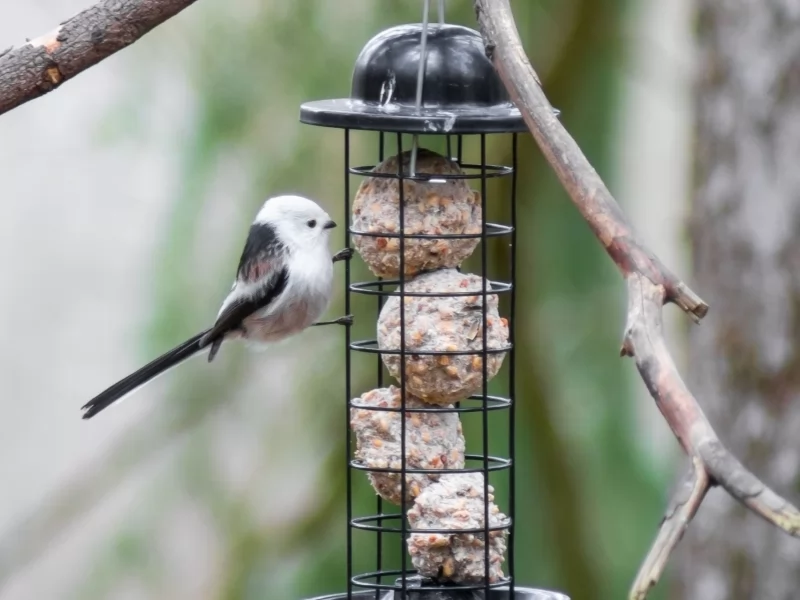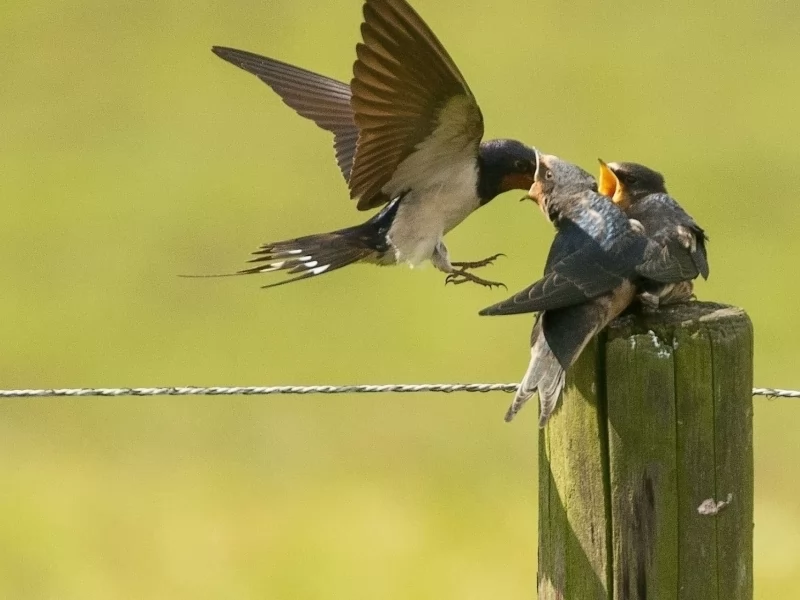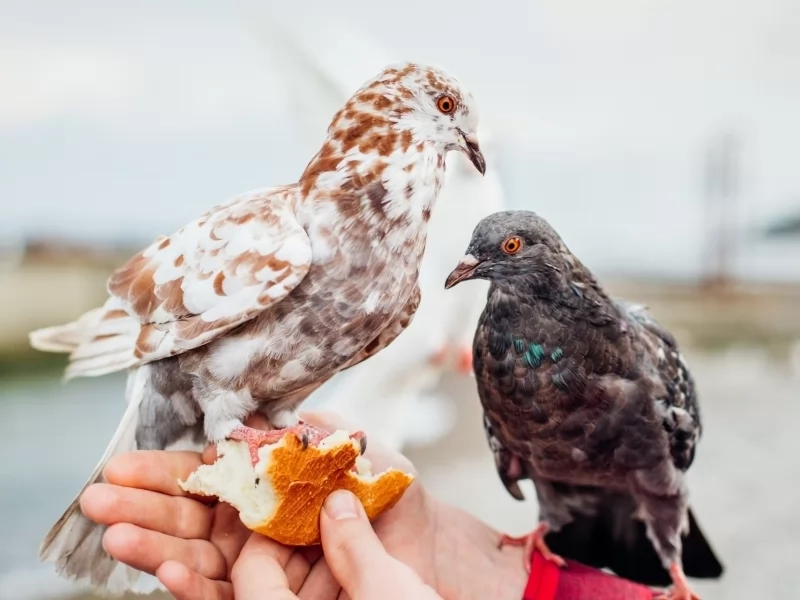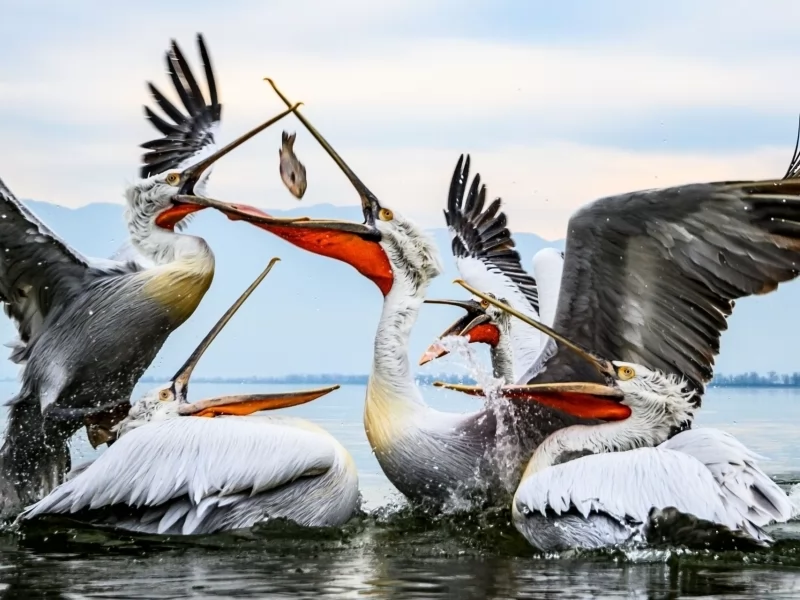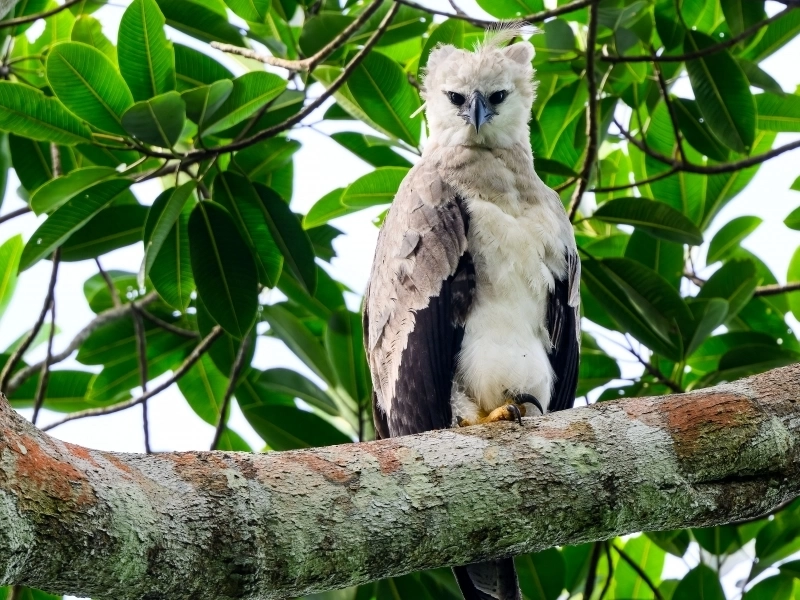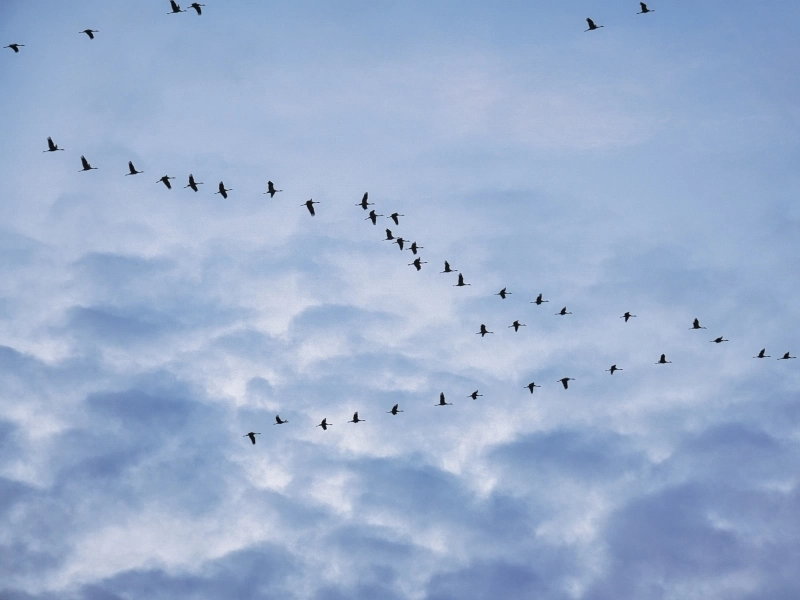News and Testimonials
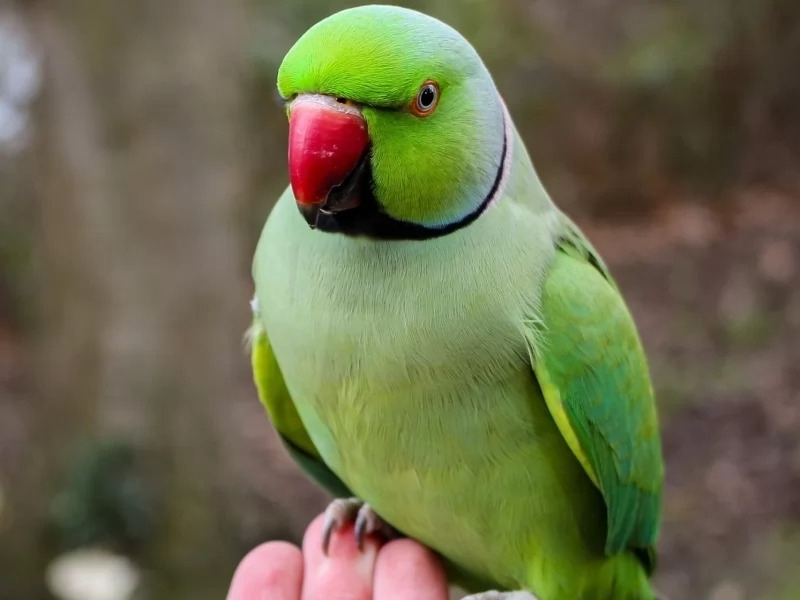
Does Supplemental Feeding Help Nesting Birds?
Wild bird feeding is one of North America’s largest undirected ornithological “experiments,” one in which many of us willingly participate because it is a simple way to nurture our backyard birds. In the United States, more than 59 million people feed birds around the home (U.S. Department of the Interior et al. 2018). Beginning in 2014, NestWatch organized one of the largest studies of supplemental feeding of breeding birds, simply by asking participants to report whether or not they offered supplemental food to nesting bluebirds and chickadees (all species). After delving into the data collected from 2014–2019, we were able to analyze 24,528 nest records of Eastern Bluebirds, Black-capped Chickadees, and Carolina Chickadees submitted by citizen scientists from Alaska to Florida. We sought to answer the question of how feeding wild birds impact their reproductive success on this grand scale.
In this recently published study (Bailey and Bonter 2021), Eastern Bluebirds were considered supplemented if they were offered insect larvae (e.g., mealworms or waxworms), whereas the chickadees were considered supplemented if they were provided seeds, suet, insect larvae, or fruit. NestWatchers also reported when they made food available (i.e., before eggs were laid, when eggs were present, and/or when nestlings were present) so that we could determine if a nest was supplemented during the relevant time period.
TIMING OF EGG-LAYING
Our analysis revealed that Eastern Bluebirds with access to additional food laid eggs nearly 6 days earlier than those without; however, chickadees did not lay eggs any earlier when they were offered food. Laying eggs earlier could be an advantage for bluebirds if it allows them to produce an additional clutch later in the season. However, there is a risk that they could nest too early and encounter lethally cold weather in the early spring (Pinkowski 1977). We are not sure why chickadees didn’t nest any earlier when food was available, but it’s possible that they rely on other cues to decide when to lay eggs.
CLUTCH SIZE
Eastern Bluebirds and both species of chickadees held steady in their clutch size, even with additional food on offer. Other factors were more strongly correlated with clutch size, such as latitude, longitude, and how late in the breeding season the eggs were laid. For example, Black-capped Chickadee clutch sizes increased from south to north, whereas Eastern Bluebird clutch sizes decreased. Both Carolina Chickadees and Eastern Bluebirds increased their clutch sizes from east to west. Our three focal species tended to lay smaller clutches later in the season. For Eastern Bluebirds with access to extra food, there was a small increase in clutch size for those late clutches, suggesting that supplementation can reduce this downward trend in clutch size as the season progresses. However, because both chickadee species rarely lay a second clutch, they essentially put all of their eggs in one basket.
NEST SURVIVAL
This analysis took into account the presence or absence of predator guards, which are correlated with increased nest survival (Bailey and Bonter 2017). For an average Eastern Bluebird nest with a predator guard, nest survival was improved by about 5% overall when food was available. Our results suggested that for nests which make it to the nestling period, feeding bluebirds may be particularly helpful in the earlier part of the breeding season, when nestlings may be vulnerable to early spring cool weather. Nevertheless, unsupplemented Eastern Bluebirds still had very high nest success, suggesting that they survive quite well in nest boxes with predator guards even without human-provided food. Black-capped and Carolina Chickadees, on the other hand, did not have higher nest survival when supplemental food was available. This suggests that other factors (e.g., predators, competitors) may impact chickadee nest survival more than food availability.
NESTLING MASS
Because NestWatchers are not able to handle nestlings without special permits, we also undertook a concurrent study in Tompkins County, New York, to investigate whether supplemental feeding of 10 g of mealworms per nest per day increased nestling mass of Eastern Bluebirds and Black-capped Chickadees (Dzielski et al. 2021). This was a smaller study involving just two years of data, but the results were nevertheless consistent with the findings from the national study.
From the smaller study in upstate New York, we found that Eastern Bluebirds produced nestlings which were 5.2% heavier as they approached fledging age when given extra food. Previous research on songbirds suggests that first year survival is better for relatively heavy fledglings than for lean fledglings, suggesting that bluebird nestlings with access to supplemental food may have better prospects in life. Black-capped Chickadees, once again, did not benefit even though we provided live mealworms at nest boxes. We were unable to investigate Carolina Chickadees because they do not nest in upstate New York.
LESSONS LEARNED
Bluebirds and chickadees are among the most likely species to be supplemented with both food and nesting cavities in North America, so it makes sense that we would examine these species using our citizen-science platform. We did not expect the results to differ so much between the chickadees and the bluebirds, but we can speculate as to why they did. Eastern Bluebirds have a more limited diet, eating primarily insects and fruit. Chickadees of both species exploit a wider variety of foods, and therefore may not be as sensitive to food shortages during the breeding season. However, our results do not imply that you should stop feeding chickadees. Indeed, surplus food may help them in the nonbreeding season (Brittingham and Temple 1988).
In our continent-wide sample, we found that 10% of Eastern Bluebird nests were supplemented, as compared to 29% of Carolina Chickadee nests and 37% of Black-capped Chickadee nests. While offering insect larvae may not be as mainstream as seeds, it is certainly gaining popularity among bluebird enthusiasts. We are happy to be able to offer some insight into this growing hobby, and we thank every NestWatcher who contributed data to this study.
Source: https://nestwatch.org/connect/blog/does-supplemental-feeding-help-nesting-birds/?utm_campaign=bird%20academy%20general&utm_medium=email&_hsmi=182016380&_hsenc=p2ANqtz-8jV_49ZWpLPLRqwDywal0XmVPS_UTfe5TJDQdbZ9cnzxW_IxxxoQR1q7cvpbkgBNhi_tax7-pg-J1BpzWnTNDIF23MU0o3L0wTHac8PvIN8GwLYAE&utm_content=181256612&utm_source=hs_email

